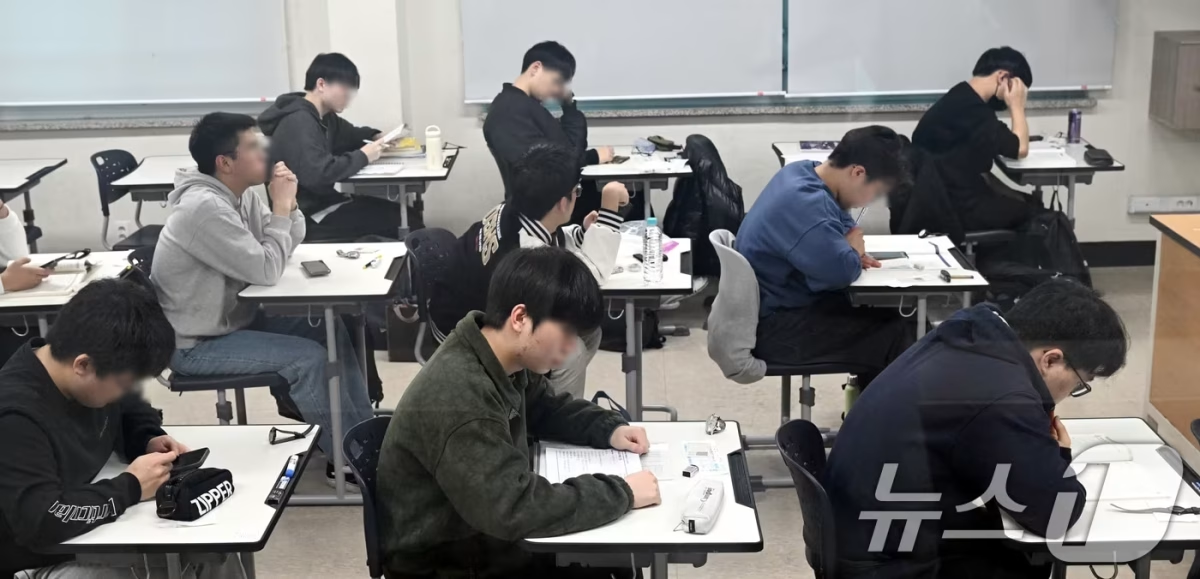Anxious test takers across South Korea are awaiting their final result of the College Scholastic Ability Test (CSAT), also known as suneung. Difficulty of the test directly causes the fluctuation for the threshold for qualifying for the score due to its relative grading system, making it harder for instructors and students to predict their final result.
On Nov. 14, over half a million students in South Korea took the CSAT—South Korea’s eight-hour standardized college entrance exam. Those include students in their final year in highschool and the retakers, who accounted for about 34.7 percent of those taking the exam. The total number of test-takers rose from 504,588 last year to 522,670 this year.
From November to December, when students wait for their scores to be released, the instructors and teachers of CSAT subjects, such as those from the Korean Educational Broadcasting Program, begin their investigation and evaluate the difficulty of the exam. The difficulty level can directly influence a student’s final result, due to the system of relative grading, meaning that one’s score in CSAT, which ranges from one, the highest level, to nine, the lowest level, is not only dependent on their own performance but also on the performance of other test takers.
Through this process, experts determine whether the test was a “water suneung,” an easy exam, or a “fire suneung,” a difficult exam, compared to previous years. However, an easy exam does not necessarily result in higher scores. If every examinee performed well on the exam, the threshold for qualifying to reach each score would fluctuate significantly, leading many, despite performing well, to ultimately receive a low score.
“My sister was one of the test takers this year,” Hannah Kim (11), former Korean public high school student, said. “She thought the test was overall similar to the mock exams but the score is hard to predict. She hoped that it wouldn’t be an easy suneung because if the subject that she studied so much for became easier than what she had been practicing for, it would be a waste of effort for her.”
This year, the Korea Institute of Curriculum and Evaluation (KICE) reported that they have eliminated “killer questions,” particularly challenging problems, from the test, hoping to solely focus on evaluating contents covered by the public education system that everyone had access to. Many reported that this change made the test ultimately easier, leading to confusion from some test takers who expected higher-level questions during the test.
“From my experience, the suneung questions are significantly more difficult compared to the SAT exams,” Geunhyung Hong (11), a student who studied english, physics, and mathematics subjects of CSAT, said. “While I scored in the 1560-1600 range in the SAT on my first try, I only got around half of the questions correct on my first try at the Korean counterpart. However, I feel that its difficulty is justified in the sense that it has much greater weight on college admissions than the SAT does.”
Although some subjects have shifted to an absolute grading system that grades students through an established standard, most subjects in CSAT apply relative grading. The results will be finalized by KICE on Dec. 6 this year.


